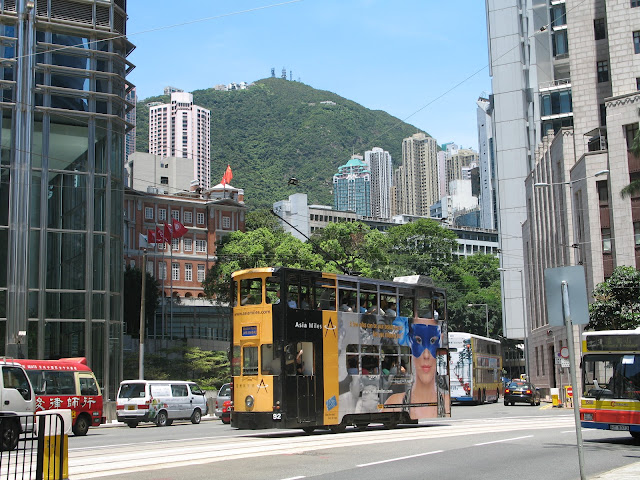 |
| EVs have become such a virtue-signal that the thought of driving one makes me want to puke. |
The latest real-world testing from the Australian Automobile Association (AAA) delivers a sobering jolt. Many popular EVs are falling short of their advertised ranges by up to 23 per cent, leaving potential buyers grappling with the perennial problem that refuses to die – range anxiety. This isn’t just a minor glitch, it’s a fundamental flaw in the EV ‘narrative’ (there’s that leftie term again) that policymakers seem determined to ignore.
Let’s start with the facts, courtesy of the AAA’s groundbreaking independent testing program, launched to cut through the manufacturer spin and provide Australians with honest data. In their initial round of real-world assessments, models like the BYD Atto 3 SUV clocked in a staggering 111 kilometres short of its promised range – a 23 per cent deficit that translates to real frustration on the open road.
My latest in The Spectator Australia, EV hype hits the wall.
EVs have become such a virtue-signal that the thought of driving one makes me want to puke.
— The Spectator Australia (@SpectatorOz) August 11, 2025
The latest real-world testing from the AAA delivers a sobering jolt.
Many popular EVs are falling short of their advertised ranges by up to 23%.https://t.co/UnctoMEXYJ
 Donate
Donate







.jpg)
.jpg)


























